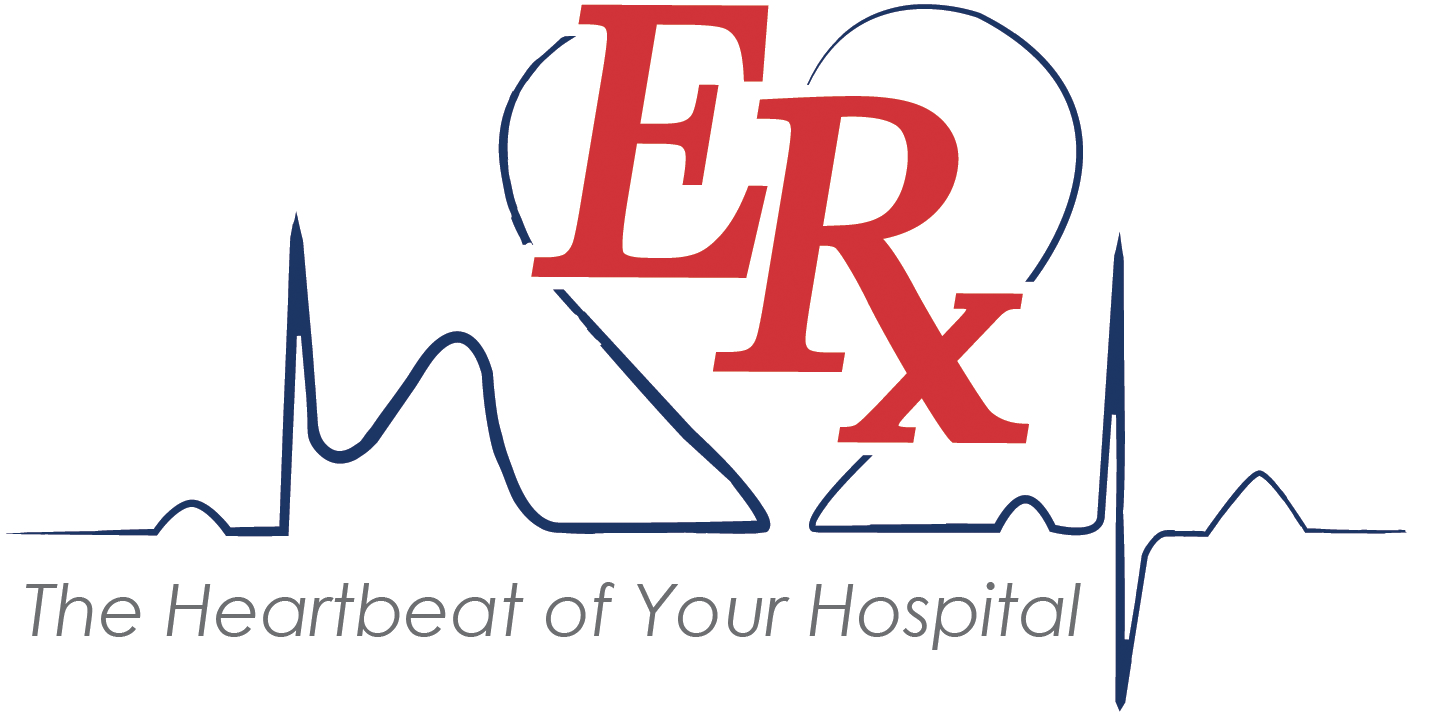Best Practices for Reimbursement
It is becoming increasingly important that we follow best practices to maintain appropriate reimbursement. Below are some of the best practices for reimbursement:
- Chief Complaint – a concise statement that describes the symptom, problem, condition or reason for the encounter. It is typically stated in the patient’s own words. A word of caution: “follow up” is not a reimbursable diagnosis.
- Old records reviewed must have an independent note of your review and findings or a comparison noted. Date of prior chart reviewed and your signature is a must.
- Diagnosis must have specificity and detail to support both the encounter and all procedures: i.e., location/laterality, acute vs. chronic.
- Smoking cessation is a three-minute reimbursement opportunity. Documented diagnosis should support medical necessity for counseling provided.
- EKGs must have three of the following elements to code and bill: rhythm, rate, axis,intervals, ST wave changes, comparison to previous EKGs, or presence or absence of ectopy.
- Lastly, a thorough and well-documented medical record must include all required elements (chief complaint, ROS, HPI, PFSH, PE, MDM) as well as thorough procedure notes with a diagnosis for it to be reimbursement friendly (emergent vs. non-emergent).
- For example, acute abdominal pain or acute chest pain. Acute is the important word here.


